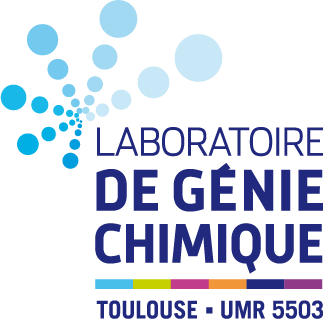Ultrasound in gas–liquid systems: Effects on solubility and mass transfer
Résumé
The effect of ultrasound on the pseudo-solubility of nitrogen in water and on gas–liquid mass transfer kinetics has been investigated in an autoclave reactor equipped with a gas induced impeller. In order to use organic liquids and to investigate the effect of pressure, gas–liquid mass transfer coefficient was calculated from the evolution of autoclave pressure during gas absorption to avoid any side-effects of ultrasound on the concentrations measurements. Ultrasound effect on the apparent solubility is very low (below 12%). Conversely ultrasound greatly improves gas–liquid mass transfer, especially below gas induction speed, this improvement being boosted by pressure. In typical conditions of organic synthesis: 323 K, 1100 rpm, 10 bar, kL a is multiplied by 11 with ultrasound (20 kHz/62.6 W). The impact of sonication is much higher on gassing out than on gassing in. In the same conditions, this enhancement is at least five times higher for degassing.
Origine : Fichiers produits par l'(les) auteur(s)
